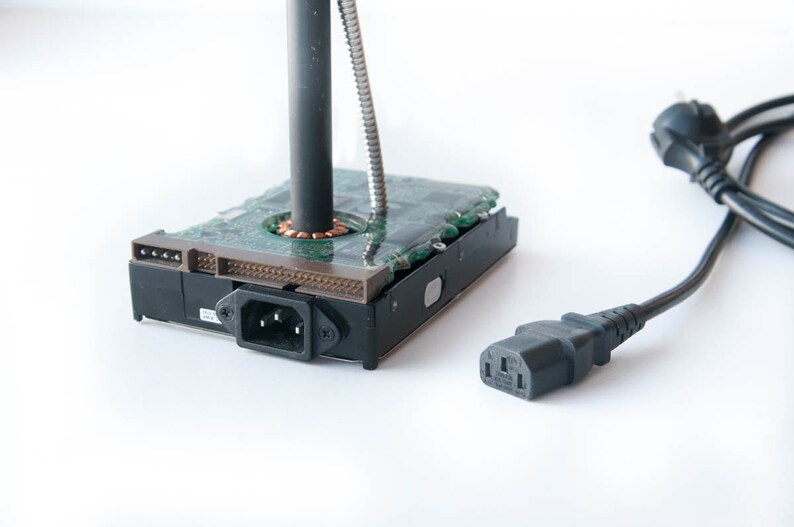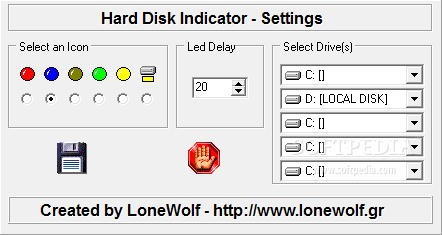

Here are two different configurations for reference purposes:ĭefault configuration, but for a German system: A sample INI file is included in the download. If there is anything you want to modify, create a text file, name it DiskLED.ini and put it in the same folder as the executable.
#HARD DISK LED INDICATOR SOFTWARE FOR ANDROID WINDOWS#
So if you have an English version of Windows and just need a HDD activity LED, there is nothing you need to do except run DiskLED. Performance counter used as data source ( localized!): \PhysicalDisk(_Total)\% Disk Time If you run the executable all by itself, it uses the following built-in parameters:ĭisplay mode: flickering LED (first example shown above) UsageĭiskLED comes as a standalone EXE file. For that reason the frequency with which DiskLED updates its icon can be configured freely. When dealing with remoting protocols like RDP or ICA one generally tries to reduce screen updates to a minimum. It can be used to display the disk queue length, for example, and looks like this: Here you go: DiskLED has a second display mode, similar to how Task Manager shows CPU utilization. When dealing with many other counters, a different visualization method is needed.
.jpg)
Obviously an LED type display is well-suited for activity data only. Using a simple INI file, DiskLED can be configured to display any counter’s data. The cool thing is it is not limited to hard disk activity data. Basically, what it does is periodically query a specific counter and display the current value graphically. FlexibilityĭiskLED queries performance counters for disk activity data.

That could be all there is to say, but I decided to make the tool a little more flexible. This has been bugging me enough to write a software replacement: DiskLED.ĭiskLED is a little application that sits in the system tray and flickers whenever the hard disk is accessed. But what if you are using a protocol like RDP or ICA to connect to a remote computer or VM? No HDD LED, no quick and simple way to check for hard drive activity. Problem solved – if you are sitting right next to the machine. What do you do when your computer reacts sluggishly to even the simplest commands? You probably look at its hard disk LED to determine if the disk is busy, because if it is, the only thing that really helps is waiting (apart from buying a faster disk or SSD).


 0 kommentar(er)
0 kommentar(er)
